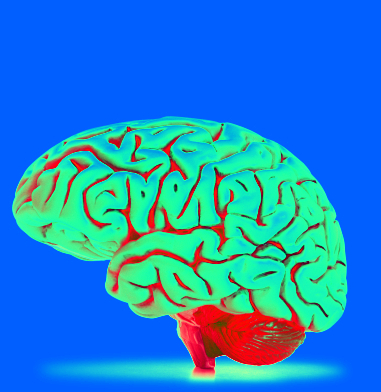OCD interventions reviewed
 Research suggests deep brain stimulation can halve symptoms of severe OCD.
Research suggests deep brain stimulation can halve symptoms of severe OCD.
Obsessive-compulsive disorder (OCD) is characterised by intrusive and persistent obsessive thoughts along with dysfunctional and ritualised behaviours. It is thought to affect up to 3 per cent of people.
Drugs and cognitive behavioural therapy (CBT) can be very effective, but in around 1 in 10 cases, these approaches do not work.
Deep brain stimulation, which involves implanting electrodes within certain areas of the brain to regulate abnormal electrical impulses, has emerged over the past few decades as a potential treatment for those with severe symptoms.
While various studies have suggested that the technique can be effective in people with OCD, they have not always quantified the impact of potentially influential factors.
Researchers have systematically reviewed and pooled the results of 34 clinical trials published between 2005 and 2021, with the aim of critically assessing how well deep brain stimulation alleviates OCD and associated depressive symptoms in adults.
The final pooled data analysis showed that deep brain stimulation reduced symptoms by 47 per cent, and two thirds of participants experienced substantial improvement within the monitoring period.
Secondary analysis revealed a reduction in reported depressive symptoms, with complete resolution in nearly half of participants and partial response in a further 16 per cent.
Some 24 of the studies reported complete data on serious side effects, including: hardware-related complications; infections; seizures; suicide attempts; stroke; and the development of new obsessions associated with stimulation. Overall, 78 participants experienced at least one serious side-effect.
The findings prompt the researchers to conclude that there is “a strong evidence base” in support of the use of deep brain stimulation for the treatment of severe persistent OCD and associated depression.
“While these results are encouraging, it is important to remember that [deep brain stimulation] is not without its limitations,” the researchers say.
“First and foremost, it requires chronic implantation of hardware and carries the associated risk of complications.
“Furthermore, although we report a less than 1 per cent incidence of de novo obsessions involving the [deep brain stimulation] patient programmer or the device itself, it remains a significant barrier to the effective implementation of [deep brain stimulation] for OCD in certain patients.
“Successful application of [deep brain stimulation] requires a close therapeutic alliance between patient, neurosurgical and expert psychiatrist teams in centres that specialise in implantation and programming of the device.”
The full study is accessible here.








 Print
Print